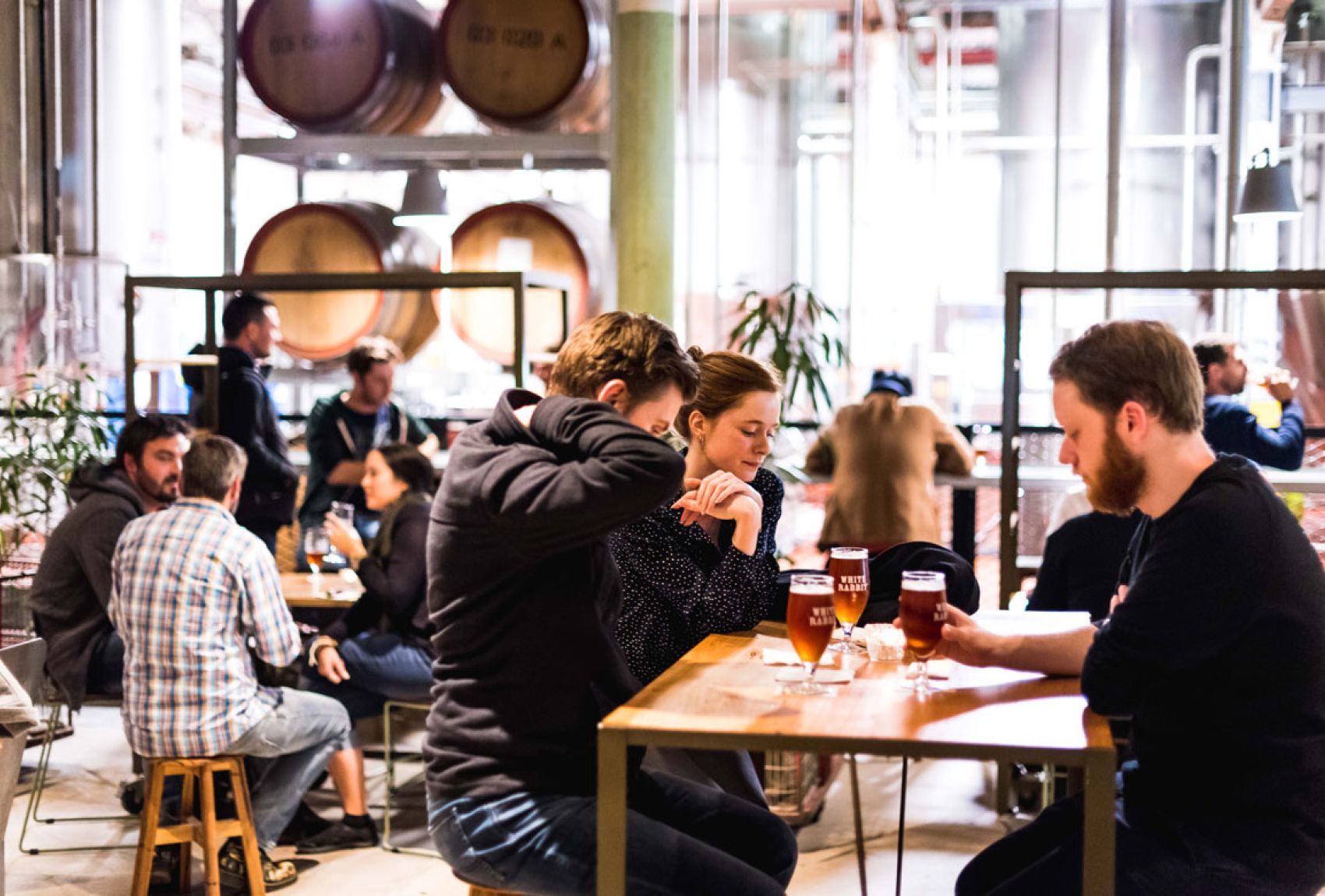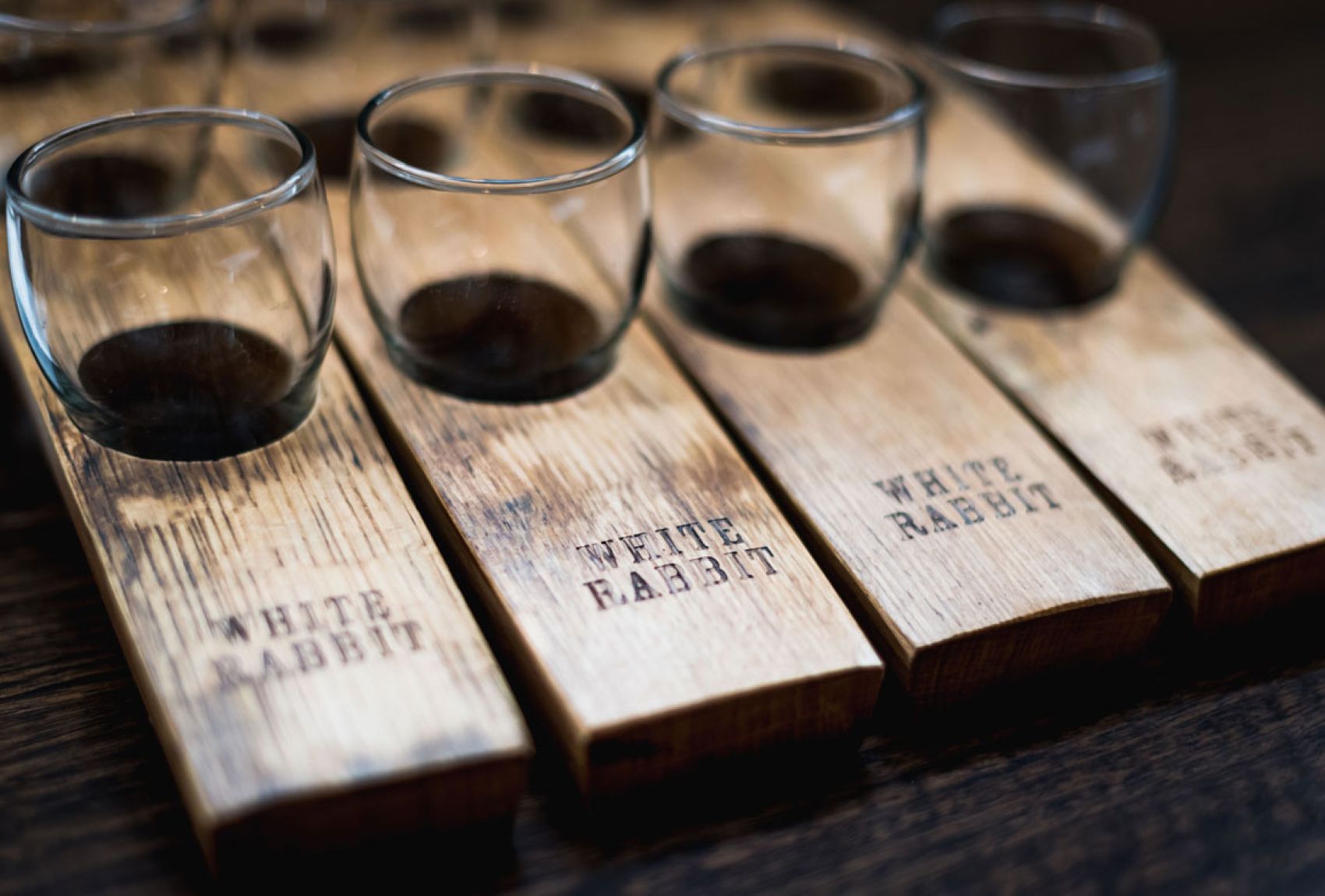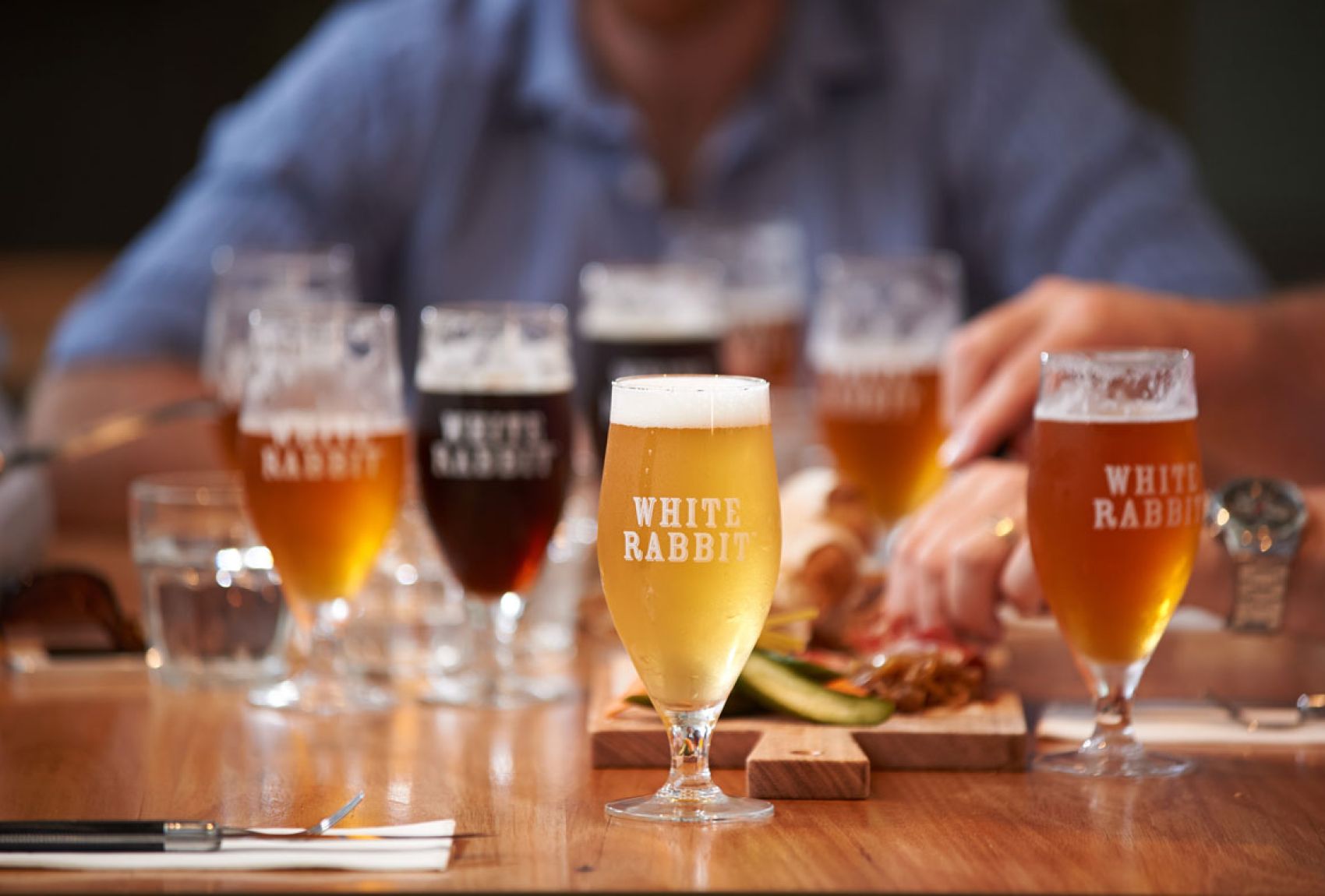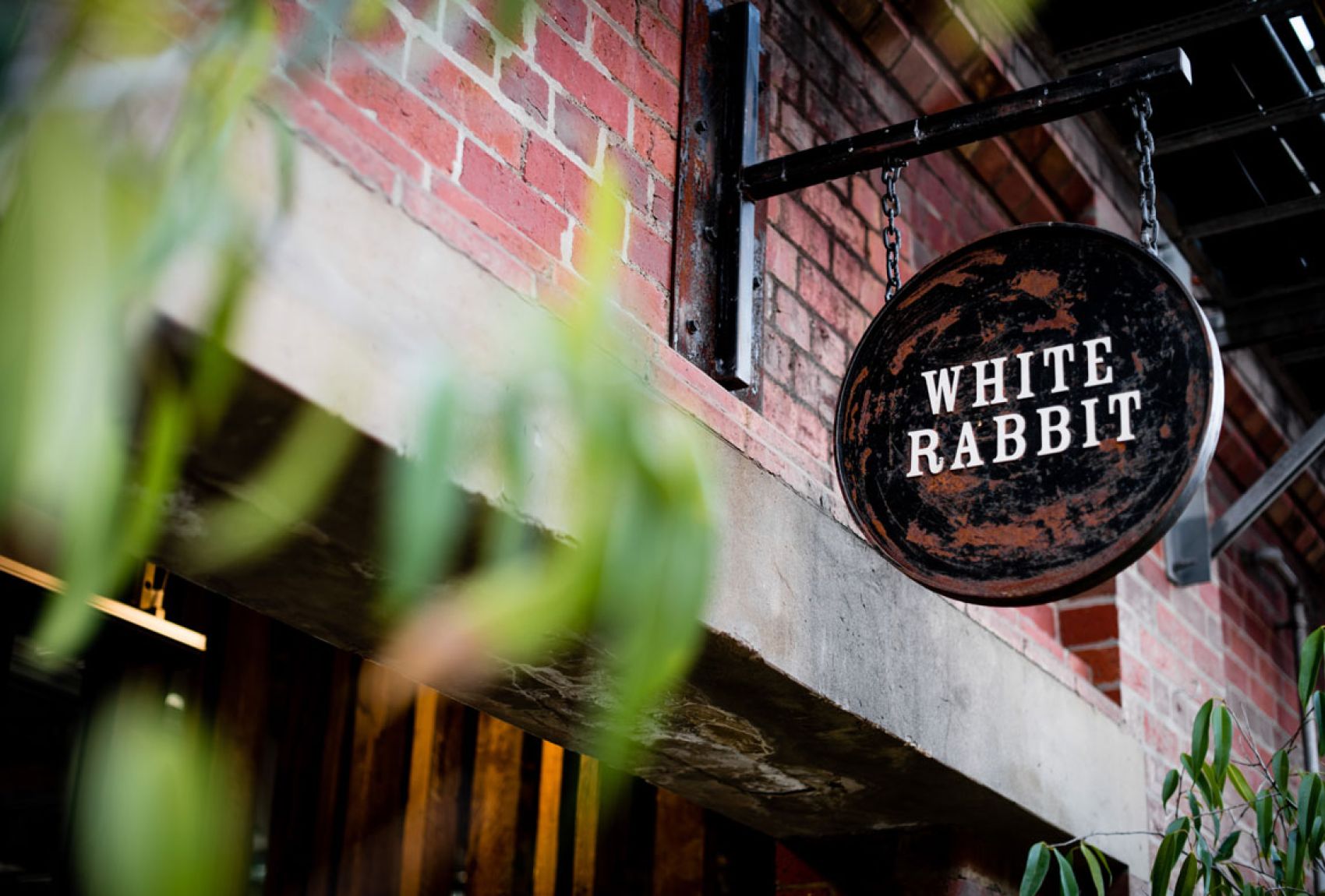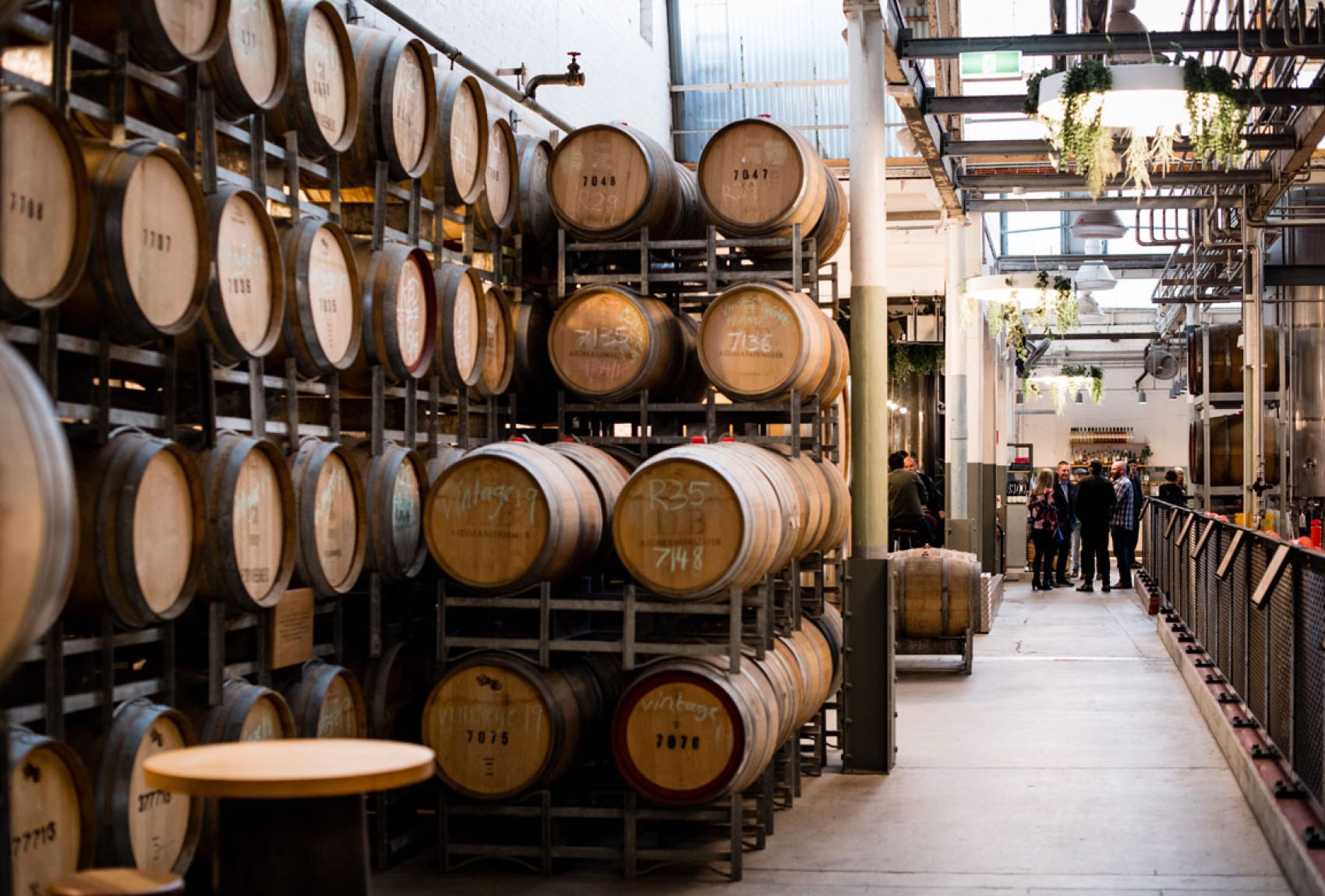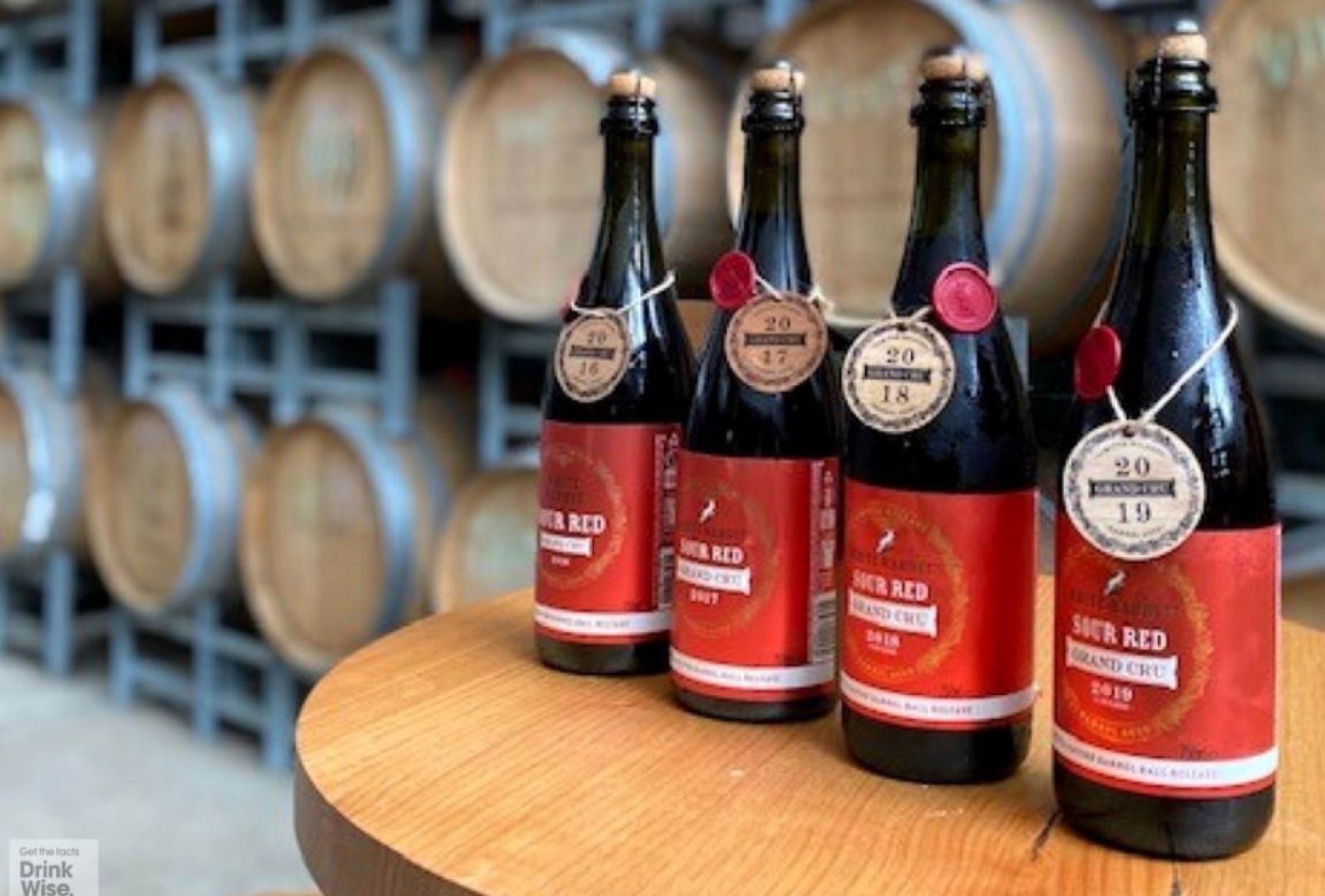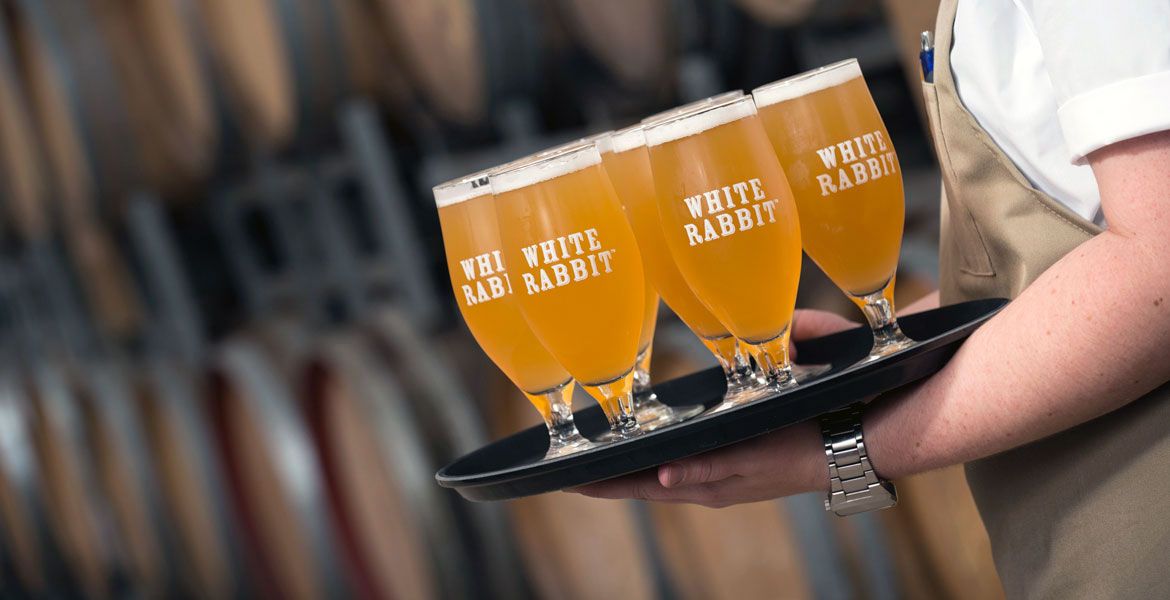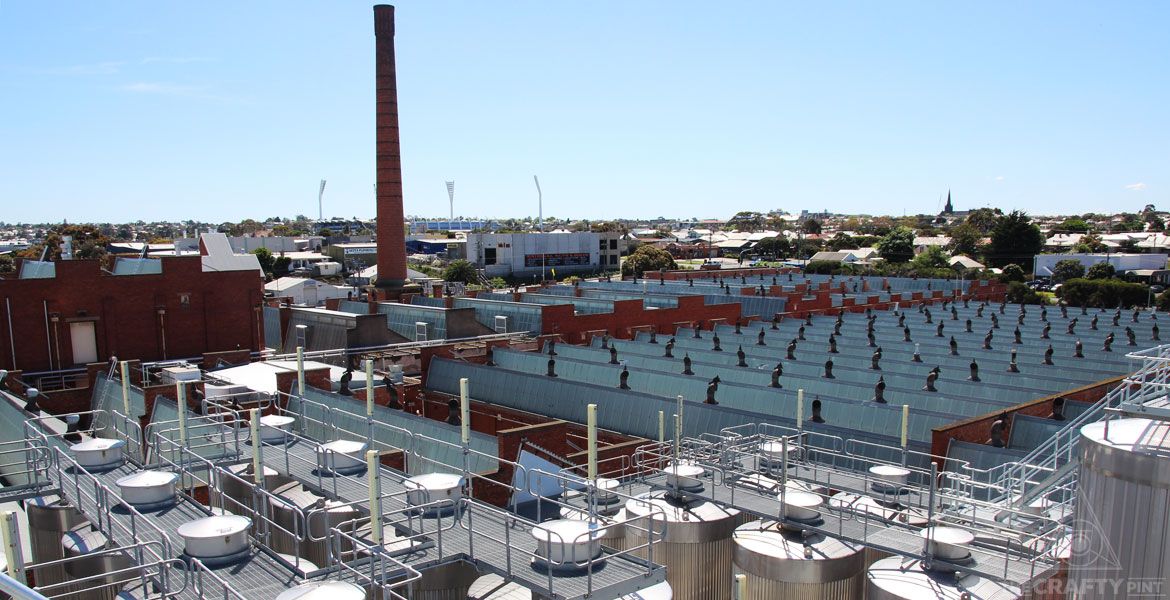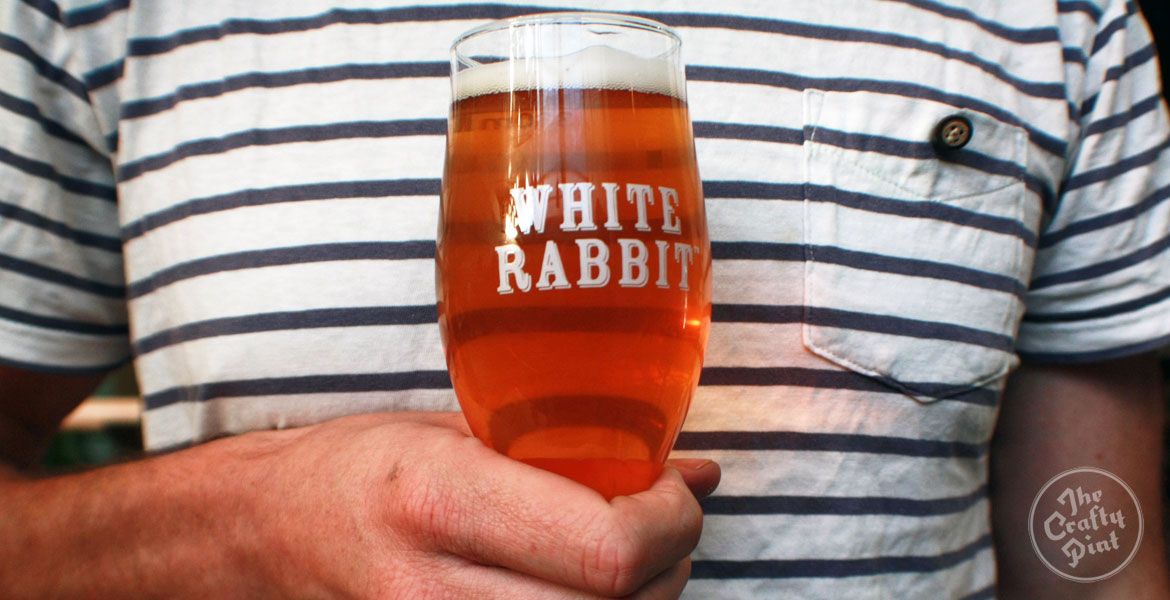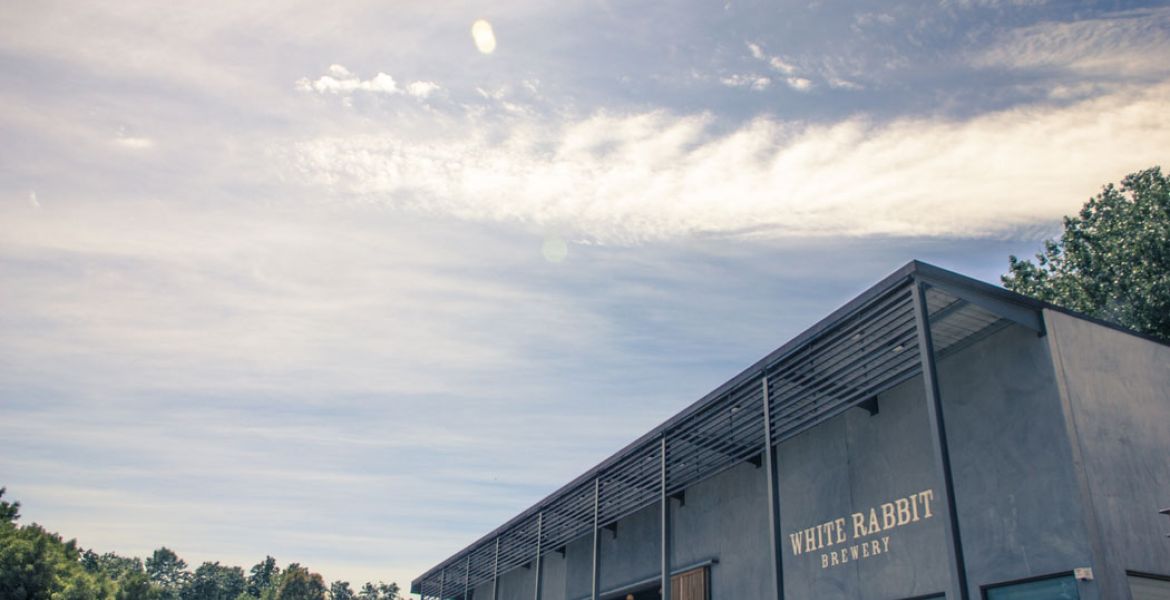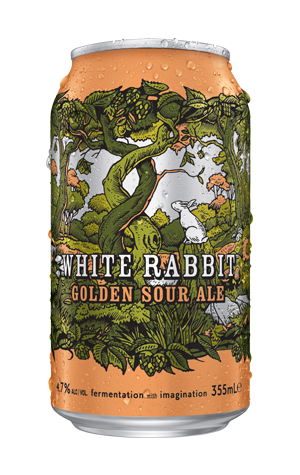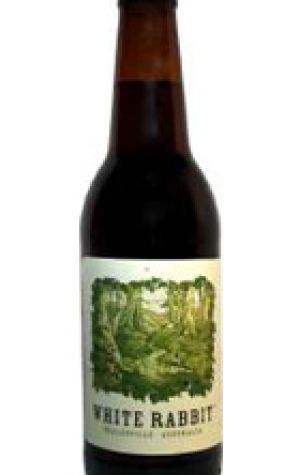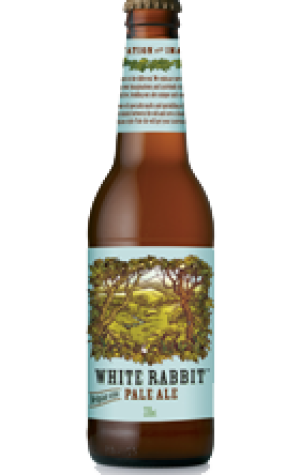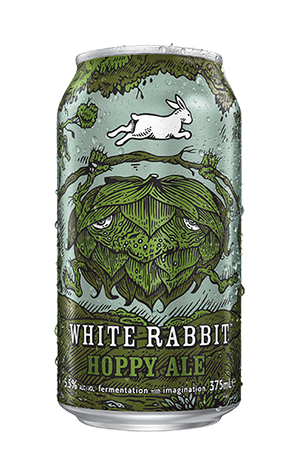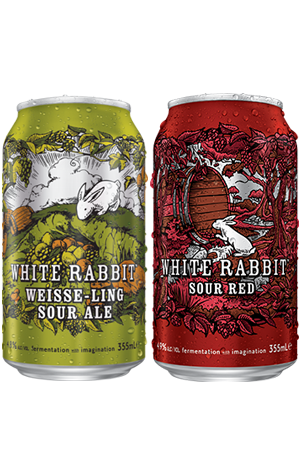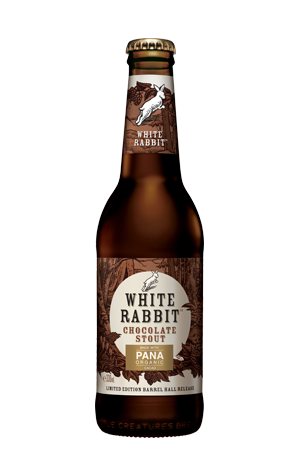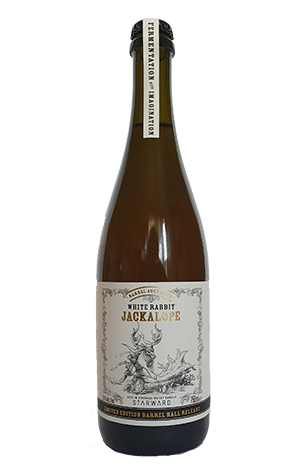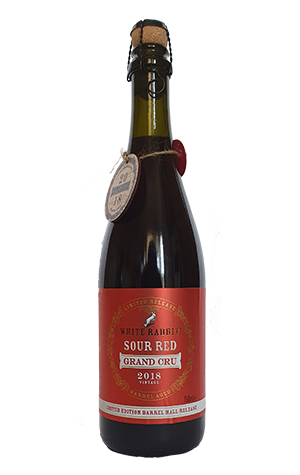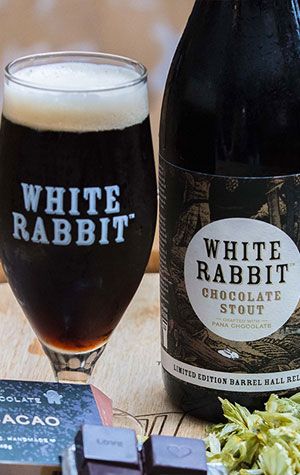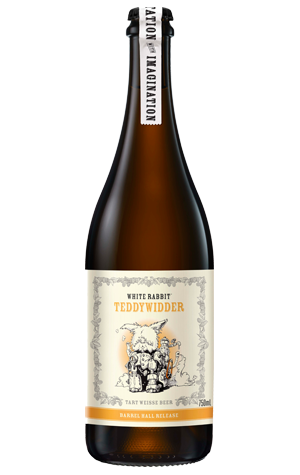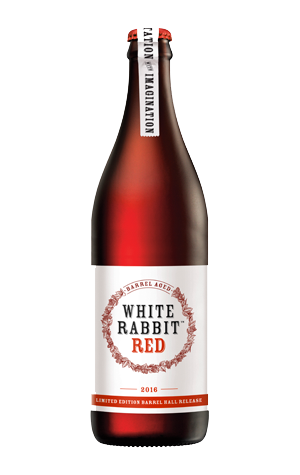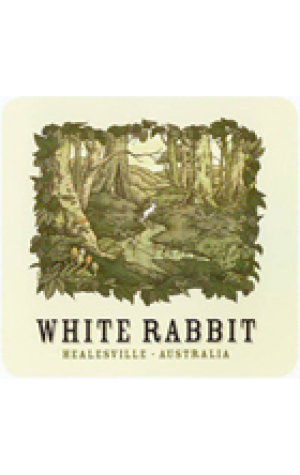In 2014, White Rabbit's owner Lion announced that the brewery's original home in Healesville was to close. The operation was to move to the site already occupied by big sibling brewery Little Creatures in Geelong.
Despite the fact the brewery was to continue operating, there were still noises around the beer world that this was a sign of a change for the worse – an inevitable change for a microbrewery now under major brewery ownership. Would the unique physical brewery be retained or would White Rabbit merely become another brand within the Lion empire, with beers brewed at whichever brewery had a suitable capacity; after all, its more popular beers were already brewed offsite to meet ever-growing capacity.
While the May 2015 date for the opening of the new brewery was missed, by the end of that year the new brewery was open. And no one could deny that the new home was impressive. Part brewery, part barrel room, part educational visitor centre, it's one the makes full use of the greater space available in the old Geelong factories.
The open fermenters installed when the original site opened in 2009 are still there, as are key members of the brewing team, who are now focusing much of their attention on taking the sort of experiments they were carrying out on a tiny scale in Healesville into larger dimensions: well over 100 barrels are filled with beers that will result in, among other things, lambic and Berliner Weisse style ales.
The references to Lewis Carroll's Alice in Wonderland have been retained, along with the core range of three. The first release was the Dark Ale, a beer that took out gold at the Australian International Beer Awards within its first year, followed by the witbier-inspired White Ale and a lightly fruity and spicy Belgian pale ale.
That trio continues to do the volume shifting, but it will be elsewhere that those looking for pointier end beers will be focusing as the brewers release a series of Flanders red and Berliner Weisse style beers and blends, often in collaboration with exterior partners. Indeed, it's easy to wonder whether White Rabbit's significant exploration of oak and fermentation could end up playing the sort of role that Little Creatures' Pale did for hops in Australia, by bringing the niche in front of a more mainstream audience.







